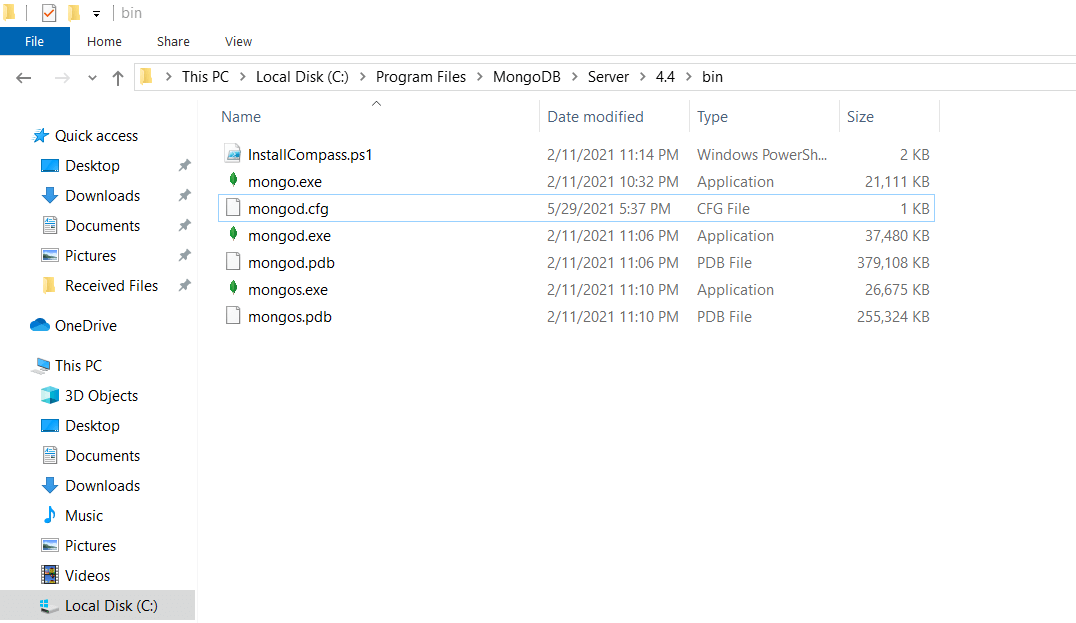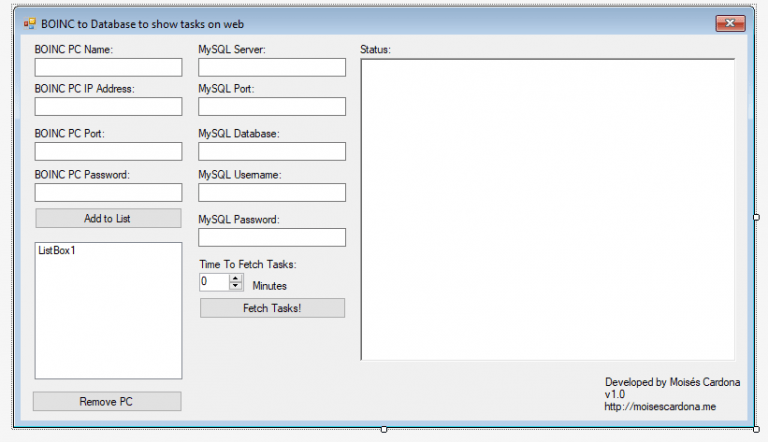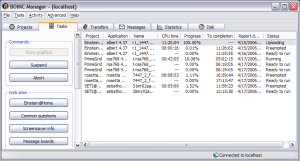

- #BOINC CONFIG FILE LOCATION HOW TO#
- #BOINC CONFIG FILE LOCATION INSTALL#
- #BOINC CONFIG FILE LOCATION MANUAL#
- #BOINC CONFIG FILE LOCATION PASSWORD#
When that's complete, log into each machine in your
#BOINC CONFIG FILE LOCATION INSTALL#
Should run condor_ install to install your release directory andĬonfigure your pool, setting the LOCAL_DIR parameter to some Otherwise, you should put the LOCAL_DIR onĪ local partition on each machine in your pool. To have your LOCAL_DIR for each machine on a shared file If you've got NFS installed as well and want The first option isĪ VERY bad security hole so you should NOT have your To unauthenticated users, or must not be on AFS. Like ``log'' and ``spool'') for each machine must be either writable The most important thing is that since the Condor daemons can'tĪuthenticate to AFS, the LOCAL_DIR (and it's subdirectories Some of this must beģ.13.1.1 AFS and Condor for Administrators Some of this must beĭone by the administrator(s) installing Condor. Things people who use AFS with Condor must do. Neither of these things can happen yet, there are a number of special This is true of the Condor daemons that would like to authenticate asĪFS user Condor, and the condor_ shadow, which would like toĪuthenticate as the user who submitted the job it is serving. Machines to interact with and use shared filesystems, AFS inĬondor does not currently have a way to authenticate itself to AFS. If you are using AFS at your site, be sure to readįilesystem Config Files Entries'' for details on configuring your The various Contrib modules that can be optionally downloaded and
#BOINC CONFIG FILE LOCATION HOW TO#
The following sections describe how to set up Condor for use in

3.13.9 Configuring Condor for Running Backfill Jobs.3.13.8.4 Grouping dedicated nodes into parallel scheduling groups.3.13.8.3 Preemption with Dedicated Jobs.3.13.8.2 Configuration Examples for Dedicated Resources.3.13.8.1 Selecting and Setting Up a Dedicated Scheduler.3.13.7.8 Configuring STARTD_EXPRS on a per-VM basis.3.13.7.7 Debug logging in the SMP Startd.3.13.7.5 Configuring Startd Policy for SMP Machines.3.13.7.3 Defining Virtual Machine Types.3.13.7.2 Dividing System Resources in SMP Machines.3.13.7.1 How Shared Resources are Represented to Condor.3.13.7 Configuring The Startd for SMP Machines.3.13.6.1 Installation and Configuration.3.13.6 Running Condor Jobs within a VMware or Xen Virtual Machine Environment.3.13.5.2 Configuring a Pool to Report to the CondorView Server.3.13.5.1 Configuring a Machine to be a CondorView Server.3.13.5 Configuring The CondorView Server.3.13.1.1 AFS and Condor for Administrators.
#BOINC CONFIG FILE LOCATION MANUAL#
Administrators' Manual Previous: 3.12 Quill Contents Index Wish me luck.Next: 3.14 Java Support Installation Up: 3. This will give you another window to manage your tasks.
#BOINC CONFIG FILE LOCATION PASSWORD#
From BOINC Manager, select File/new manager, and enter the info there (if your password file is empty).

For example, I have a simple script which count tasks on a given set of client instances and shows me individual task count as well as the sum of tasks.


 0 kommentar(er)
0 kommentar(er)
